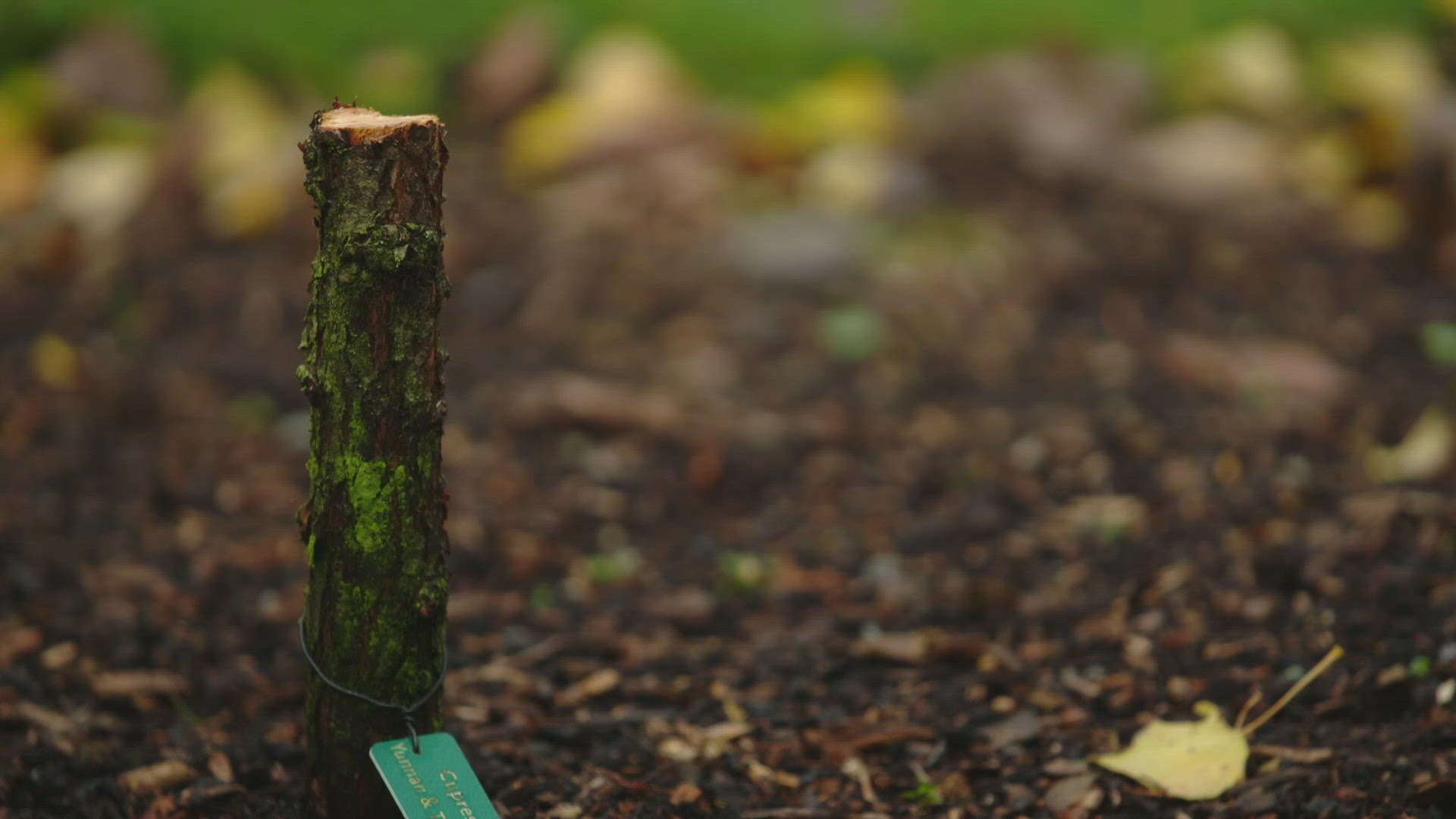PARADISE, Wash. — Mount Rainier National Park introduced a timed entry system for the 2024 summer season which was intended to mitigate crowds in the park's most popular areas.
Now that the timed-entry pilot period is drawing to a close, the park is seeking the public's feedback on how it went.
Timed entry reservations are currently required for anyone coming to the park between 7 a.m. and 3 p.m. through Labor Day weekend of this year. The goal of the new system was to distribute visits more evenly across the day.
Visitation to Mount Rainier has increased from 1.1 million in 2013 to an average of about 1.6 million in 2023, most of those occurring between July and September, with the most visited areas being Sunrise and Paradise.
“We are eager to learn what visitors think of the pilot timed entry system we are testing out this summer,” said Superintendent Greg Dudgeon. “We want to hear how the pilot did or did not work for people before we finalize our long-term visitor use management plan for the Nisqually to Paradise Corridor at Mount Rainier National Park.”
People who used the timed entry system can now submit their comments online here through 11:59 p.m. on Sept. 15.
Overcrowding at Mount Rainier
The park has seen an approximate 40% increase in visitation over the past decade, leading to long lines at park entrances and damage to the natural environment.
“We see folks lined up sometimes for miles, sometimes folks are waiting for hours," Park Ranger Terry Wildy told KING 5 on May 23. "And we know that visitors would much rather be enjoying the park instead of sitting in their car waiting to come into the park.”
On busy days, it's "fairly common" for visitors to sit in idling cars at entrance stations for a few hours, according to Wildy.
The impacts of overcrowding don't stop at the gates. Once inside, visitors tend to lap around the more popular parking lots, hoping to find an empty parking space. Vehicles will also park on road shoulders, damaging adjacent forest and meadow habitats, according to Wildy.
The impacts of overcrowding continue on the trail. When there is a high number of visitors arriving at the same time, it often results in crowded trails. Hikers tend to step off trails to pass, or let others pass, which results in damage to the environment, according to Wildy.



